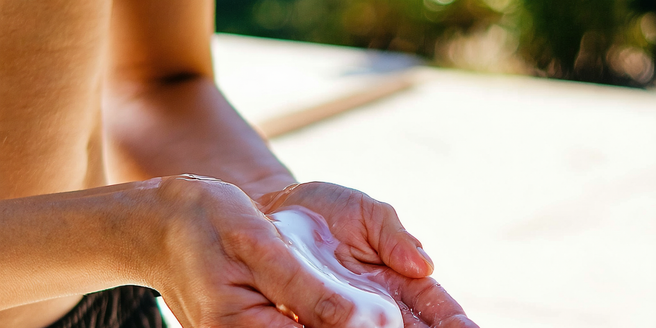
Understanding SPF: What It Really Means
Sun Protection Factor, or SPF, is a measure of how well a sunscreen can protect skin from UVB rays, the kind of radiation that causes sunburn and contributes to skin cancer. SPF works by extending your skin’s natural defenses against the sun’s harmful rays. For example, using an SPF 30 sunscreen ideally allows you to stay in the sun 30 times longer without burning than if you were unprotected. However, this protection can vary based on how much you apply and your skin type. It’s crucial to apply sunscreen properly and generously to maximize its effectiveness. Additionally, no sunscreen can block UV rays completely, so it’s recommended to use SPF in conjunction with other protective measures like wearing hats and seeking shade.
Broad Spectrum: Why It’s a Must
Broad-spectrum sunscreens offer protection against both UVA and UVB rays. While SPF only measures UVB protection, UVA rays penetrate deeper into the skin, leading to premature aging and a higher risk of skin cancer. It’s essential to choose a sunscreen labeled as broad-spectrum to ensure comprehensive protection. Additionally, make sure the sunscreen is water-resistant if you plan to swim or sweat. These types of sunscreens can help prevent sunburn, reduce skin cancer risk, and minimize signs of aging like wrinkles and sunspots. When shopping for sunscreen, always look for the broad-spectrum label along with an appropriate SPF rating for your outdoor exposure needs. This dual defense is key to maintaining healthy skin under the sun.
Chemical vs. Mineral Sunscreens
Choosing between chemical and mineral sunscreens depends on your skin type and personal preference. Chemical sunscreens absorb UV radiation and transform it into heat, which is then released from the skin. They tend to be easier to rub in and are widely available. It’s important to consider the environmental impact, as some chemical sunscreens have been found to harm marine life. Mineral sunscreens, on the other hand, use ingredients like zinc oxide and titanium dioxide to physically block and reflect UV radiation. These are often preferred by people with sensitive skin as they are less likely to cause irritation. Additionally, mineral sunscreens start working immediately upon application, whereas chemical types need to absorb for about 20 minutes.
Choosing Sunscreen for Different Skin Types
Selecting the right sunscreen for your skin type is essential for effective protection. For oily skin, consider non-comedogenic options that won’t clog pores. People with dry skin might benefit from sunscreens that contain hydrating ingredients like glycerin or hyaluronic acid. It’s also important to reapply sunscreen every two hours, especially if you’re spending time outdoors or swimming. Make sure the sunscreen you choose has broad-spectrum protection to shield against both UVA and UVB rays. Sensitive skin often responds better to mineral sunscreens, which are generally less likely to cause irritation. For those with darker skin tones, a sunscreen with added moisturizers can be beneficial as dry skin is more visible on darker tones. Regardless of skin type, always perform a patch test when trying a new sunscreen.
Water Resistance: How It Affects Protection
Water-resistant sunscreens are crucial for maintaining protection during swimming or heavy sweating. However, water-resistant does not mean waterproof. It is important to choose a sunscreen that matches the intensity of your activities. Always opt for a broad-spectrum sunscreen to shield your skin from both UVA and UVB rays. These sunscreens are typically classified as effective for either 40 or 80 minutes while in water. It’s vital to reapply sunscreen every two hours and immediately after swimming or sweating to ensure continued protection. Always read the label to understand the duration of water resistance, and plan accordingly based on activity level and exposure time. Regular reapplication is key to maintaining effective sun defense in wet conditions.
